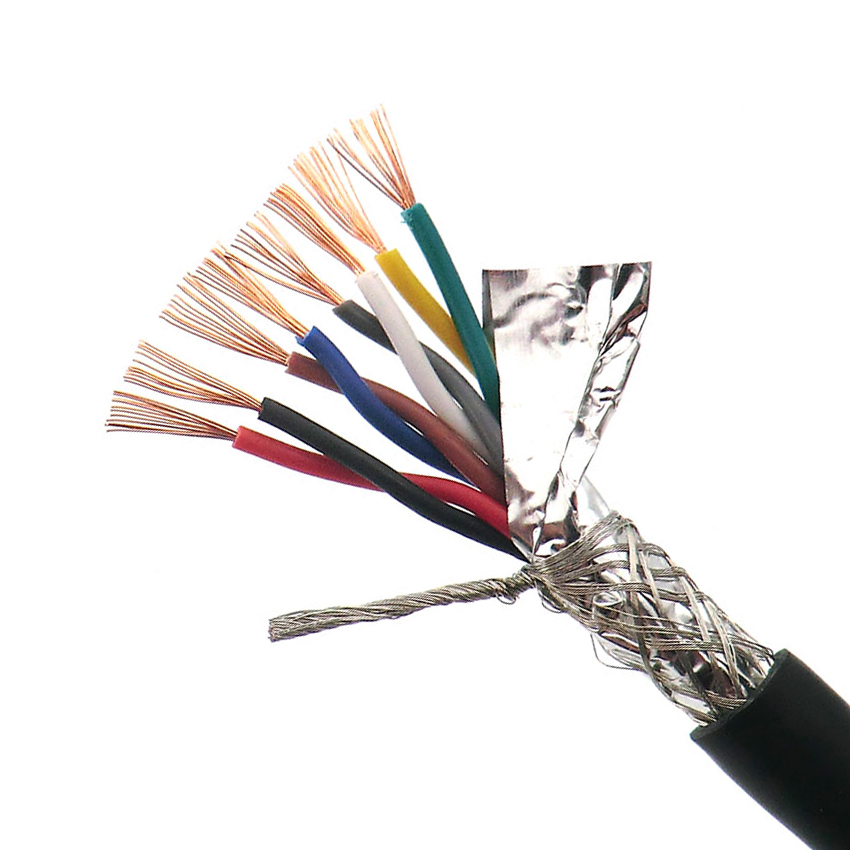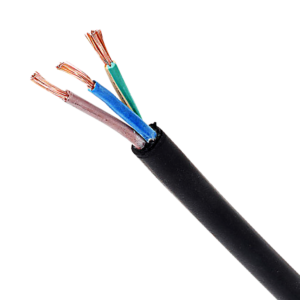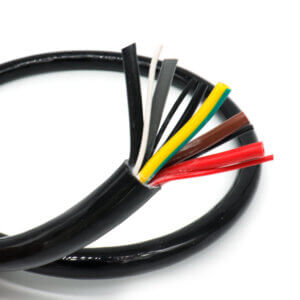Why Do We Need Twisted Pair Cable?
Cables are the main carriers of power and signal transmission. With the development of automation technology, the performance requirements for electromagnetic interference in cables are getting higher and higher. Therefore, we need to improve the anti-interference ability of the cable through the twisting technology; this cable is called twisted pair cable.
What’s Twisted Pair Cable?
Twisted pair cable is a transmission medium most commonly used in cabling engineering. It consists of two copper wires with an insulating protective layer. It reduces the level of signal interference, and the waves radiated by each wire in transmission are canceled out by the waves emitted from the other wire. Generally, twisted pair cables are made of two 22AWG, 24AWG, or 26AWG insulated copper conductors twisted around each other.

Common Types of Twisted Pair Cables
-
LiYY-TP / LiYCY-TP (VDE Standard)
- LiYY is the most basic type of twisted pair cable according to the German standard. This cable is commonly used as a control and signal cable in computer systems, electronic control equipment, and measuring equipment in the manufacturing machinery industry.
- LiYCY-TP has additional shielding and better interference immunity than LiYY-TP, making it suitable for more severe and complex working environments.
-
UL2464 Multi-Pair Cable
- UL2464 multi-pair cable is commonly used in industrial computer equipment, data transmission, control signal transmission, and RS232, RS485, RS22 applications.
-
RVSP Cable
- RVSP is a Chinese standard twisted pair shielded cable. RVSP stands for:
- R: Soft conductor
- V: Insulated PVC
- S: Twisted
- P: Prepared shielded
- RVSP is a Chinese standard twisted pair shielded cable. RVSP stands for:

Common Applications for Twisted Pair Cables
- Communication Systems: Telephone lines, network lines
- Home Audio Systems: Speaker cables, audio microphone connecting lines, etc.
- Security Systems: Surveillance cameras, alarm equipment, etc.
- Automation Settings: Robots, automated production lines, etc.
For more information, please visit our Twisted Pair cable and Liyy-TP cable page.




